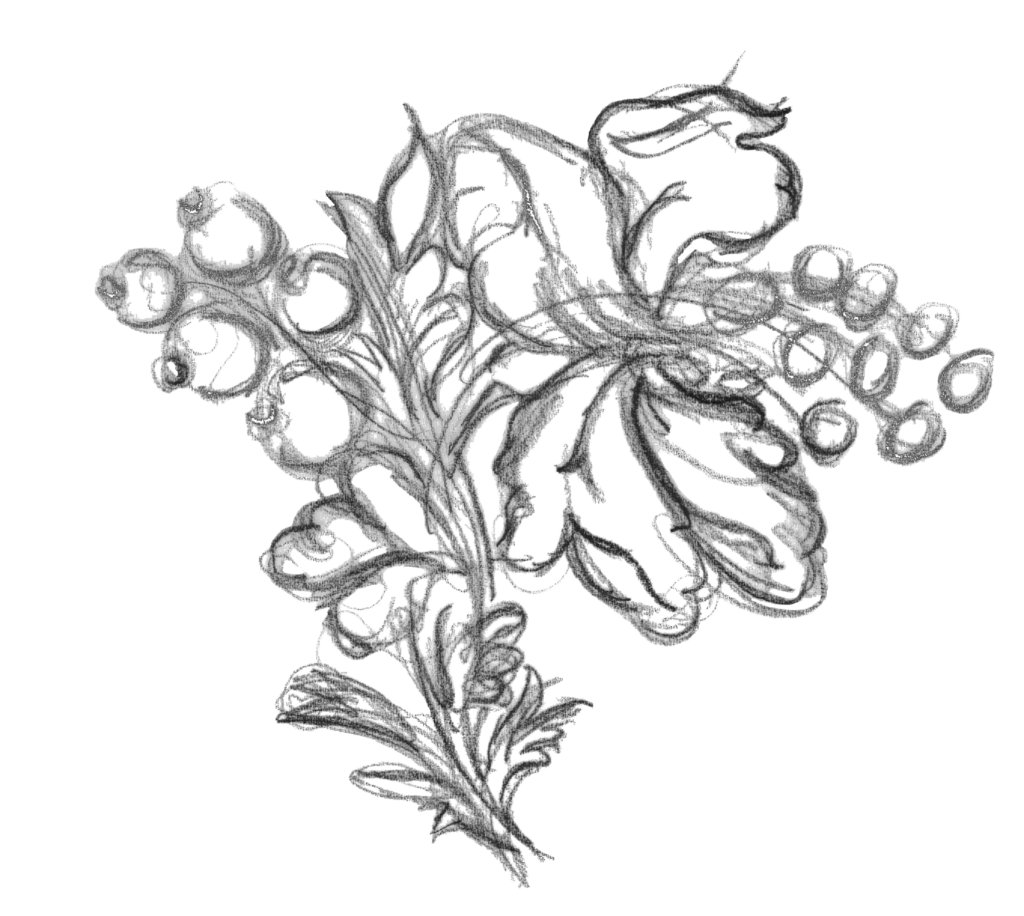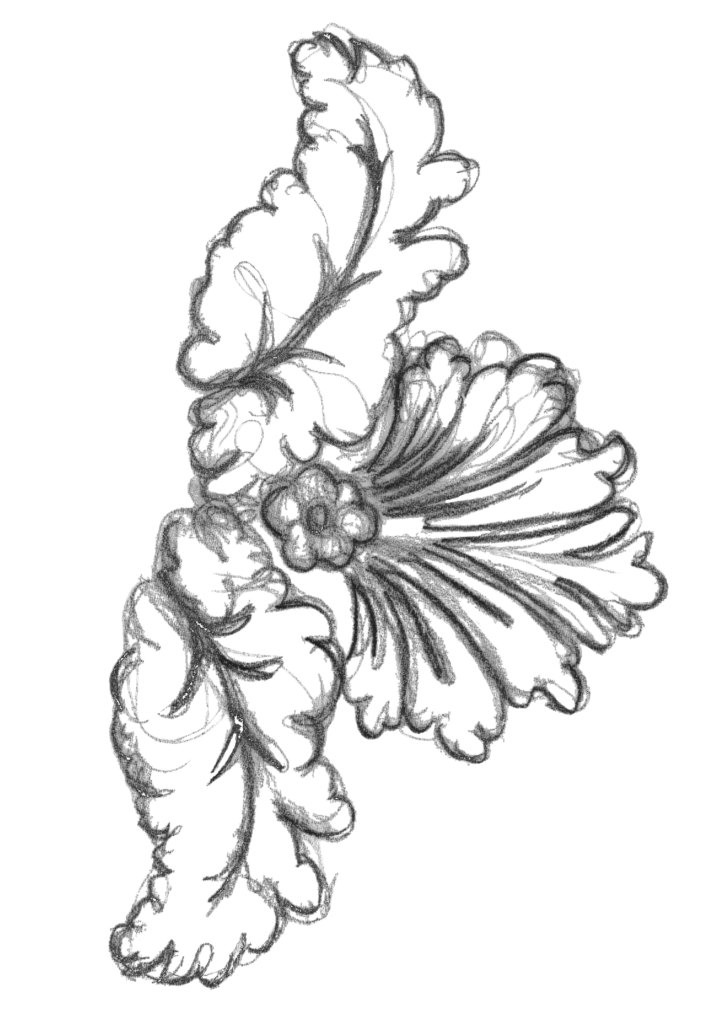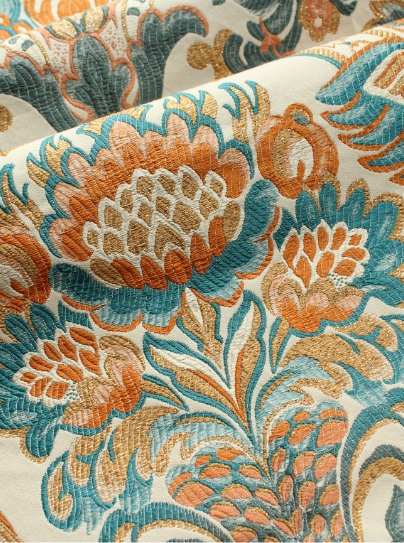Fashioned from Nature at the V&A Museum, London runs until January 2019 and aims to;
“Explore the complex relationship between fashion and nature from 1600 to the present day”.
As the title suggests, the exhibition explores historic and contemporary issues in the design, production and embellishment of fabric with the focus on fashion. However, many of the fibres and techniques discussed and on display, are also relevant to furnishing end uses and in this article we share some highlights related to silk.
The natural world provides so much beauty and inspiration that society has often tried to harness and capture this essence. As a sign from the exhibition states “It is no surprise that raw materials with naturally beautiful, longer lasting colour were prized… iridescence was particularly admired.” Examples on display included exotic bird feathers, jewel beetle cases, lustrous furs, mother of pearl and whale bone. Many of these materials were prized but over time the appropriateness of their use for decoration and adornment has been questioned as consumers and manufacturers become more conscience.
Alongside the use of the raw material, such as feathers or fur, popular fabrics often set out to imitate their desirable qualities; “This cape is made from velvet whose colour shifts from pale to dark blue, simulating the natural effect of iridescence… Shot silk, woven with warp and weft threads of contrasting colours, and moiré silk creates similar optical effects.” These effects remain popular today and are still produced by Humphries Weaving.
Silk has been revered since the 26th Century BC due to its qualities of being strong, soft and lustrous. It takes on vivid colour during the dying process and its fineness also lends itself to very detailed design. This natural fibre was used to weave lustrous plain fabrics which were then embellished and decorated with silk threads, often with nature featuring heavily as a subject.
This display beautifully highlighted the impact of style and scale, the bodice is very naturalistic in its design, whereas the wall hangings have an increased impact and are less concerned with authentic scale and detail.
Following on from needlepoint, Jacquard (1) become the fashion; with complex patterns, colours and textures used to demonstrate the wealth of the wearer. In the 17th and 18th Century labour costs were low and raw material costs were high. Brocading (2) in weaving was very popular with detailed and colourful designs being produced; this was achieved through laborious techniques, ensuring that the expensive silk and metallic threads were only used where necessary. In contrast to the previous image, so realistic is the treatment of these flowers that they look like they have been freshly pressed from the garden.
“The Silk weaver’s skill is apparent in this realistic portrayal of flowers, where each leaf vein, thorn and curling petal is carefully accented.”
As researchers and designers the team at Humphries Weaving are familiar with the flora and fauna so intrinsic in traditional furnishing and upholstery artwork. Flowers, fruit and animals are so entwined with woven textile design that people commonly believe that damask refers to the scrolling floral motifs contained within the pattern (rather than the reversible weave structure that is used to create it; a technique that originated from Damascus).
The exhibition not only reflects on the material and iconography but also the longevity of our current manufacturing processes and their impact on our precious resources and environment. In the 17th and 18th Century these silks would likely have been coloured using natural dye techniques, which some still have a romantic perception of but they came with their own environmental problems;
“The noxious process involved rancid olive oil, dung, fresh animal blood. Those living nearby complained of nausea, loss of appetite and vomiting. It also used copious amounts of water.”
The birth of the industrial revolution in the 19th Century lead to a boom in the textile industries, which accelerated production and reduced costs. Synthetic dyes were invented to combat the fading of natural dyes and achieve entirely new shades.
“The growing scale of the clothing industry and its increasing dependence on chemicals and on coal for energy contributed to high levels of air, water and waste pollution.”
As manufacturers and consumers we are now much more aware of the impact that our actions have on the environment, as these posters from the exhibition highlight.
The modern process of cultivating silk is known as sericulture, the silk moth is bred in a controlled environment to eradicate disease and maintain quality. At the pupa stage of the cycle the cocoon is immersed in boiling water or steam to release the silk filament; resulting in the loss of the Larva. For this reason silk is objectionable for those following a strict vegan lifestyle but is a sustainable natural resource.
There are alternatives to silk; Rayon is a natural fibre derived from wood pulp that is chemically converted and Polyester, which is synthetic and an oil based manufacturing process that can also create potent greenhouse gases. However, it is also documented that the biggest environmental impact from textiles is the ongoing care of products; water consumption, washing powders and fabric conditioners and the tiny micro-beads of plastic omitted from each wash that end up in the water system. Silk products are often dry clean or cold hand wash only and therefore the water usage to maintain them is minimal compared to other fibres and as a protein based fibre it will eventually rot away if it is ever discarded.
As our industry continues to adapt to survive our focus is on designing and manufacturing quality fabrics that will be cherished for many years, whilst continually improving and reducing the impact that we have on the environment and natural resources.
(1) Jacquard: The Jacquard mechanism is attached to a loom and operated by a punched card system which selects individual warp threads by mechanically operated Jacquard machines which are electronically controlled. The Jacquard mechanism was the first to use binary code and considered by many to be the first computer. Invented by Joseph Marie Jacquard 1803.
(2) Brocade: Rich, heavy, draw loom and later Jacquard –woven fabric with raised floral or figured patterns emphasized by a contrasting surfaces or colours. Often it is made with gold of silver threads. The Brocaded threads float on the back of the cloth and do not run from selvedge to selvedge, but remain in clusters.







